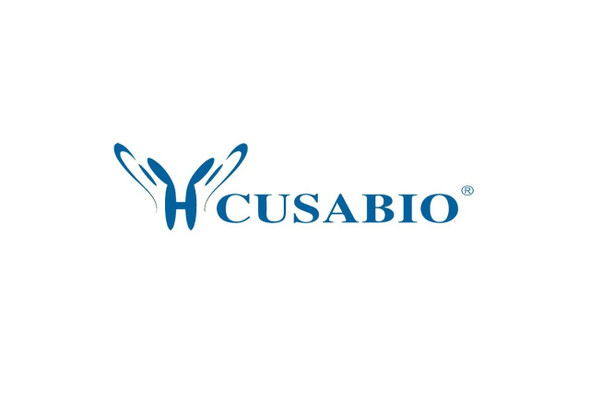Cusabio Polyclonal Antibodies
EPHA2/EPHA3/EPHA4 (Ab-588/596) Antibody | CSB-PA234206
- SKU:
- CSB-PA234206
- Availability:
- 3 to 7 Working Days
- Size:
- 100ul
Description
EPHA2/EPHA3/EPHA4 (Ab-588/596) Antibody | CSB-PA234206 | Cusabio
EPHA2/EPHA3/EPHA4 (Ab-588/596) Antibody is Available at Gentaur Genprice with the fastest delivery.
Online Order Payment is possible or send quotation to info@gentaur.com.
Product Type: Polyclonal Antibody
Target Names: EPHA2/EPHA3/EPHA4
Aliases: EC 2.7.10.1; ECK; Ephrin type-A receptor 2 precursor; Epithelial cell kinase; MPK-5
Background:
Receptor tyrosine kinase which binds promiscuously membrane-bound ephrin-A family ligands residing on adjacent cells, leading to contact-dependent bidirectional signaling into neighboring cells. The signaling pathway downstream of the receptor is referred to as forward signaling while the signaling pathway downstream of the ephrin ligand is referred to as reverse signaling. Activated by the ligand ephrin-A1/EFNA1 regulates migration, integrin-mediated adhesion, proliferation and differentiation of cells. Regulates cell adhesion and differentiation through DSG1/desmoglein-1 and inhibition of the ERK1/ERK2 (MAPK3/MAPK1, respectively) signaling pathway. May also participate in UV radiation-induced apoptosis and have a ligand-independent stimulatory effect on chemotactic cell migration. During development, may function in distinctive aspects of pattern formation and subsequently in development of several fetal tissues. Involved for instance in angiogenesis, in early hindbrain development and epithelial proliferation and branching morphogenesis during mammary gland development. Engaged by the ligand ephrin-A5/EFNA5 may regulate lens fiber cells shape and interactions and be important for lens transparency development and maintenance. With ephrin-A2/EFNA2 may play a role in bone remodeling through regulation of osteoclastogenesis and osteoblastogenesis.
Blandine de Saint-Vis, Blood, Dec 2003; 102: 4431 - 4440.
Mirella Dottori, Blood, Oct 1999; 94: 2477 - 2486.
Maria J. Donoghue, J. Neurosci., Jul 1999; 19: 5967.
Isotype: IgG
Conjugate: Non-conjugated
Clonality: Polyclonal
Uniport ID: P29317/P29320/P54764
Host Species: Rabbit
Species Reactivity: Human, Mouse
Immunogen: Synthesized non-phosphopeptide derived from human EPHA2/3/4 around the phosphorylation site of tyrosine 588/596 (T-Y (p) -V-D-P) .
Immunogen Species: Human
Applications: ELISA, WB, IF
Tested Applications: ELISA, WB, IF;WB:1:500-1:3000, IF:1:100-1:500
Purification Method: The antibody was affinity-purified from rabbit antiserum by affinity-chromatography using epitope-specific immunogen.
Dilution Ratio1: ELISA:1:2000-1:10000
Dilution Ratio2: WB:1:500-1:3000
Dilution Ratio3: IF:1:100-1:500
Dilution Ratio4:
Dilution Ratio5:
Dilution Ratio6:
Buffer: Rabbit IgG in phosphate buffered saline (without Mg2+ and Ca2+), pH 7.4, 150mM NaCl, 0.02% sodium azide and 50% glycerol.
Form: liquid
Storage: Upon receipt, store at -20°C or -80°C. Avoid repeated freeze.
Initial Research Areas: Cardiovascular
Research Areas: Neuroscience;Cardiovascular






